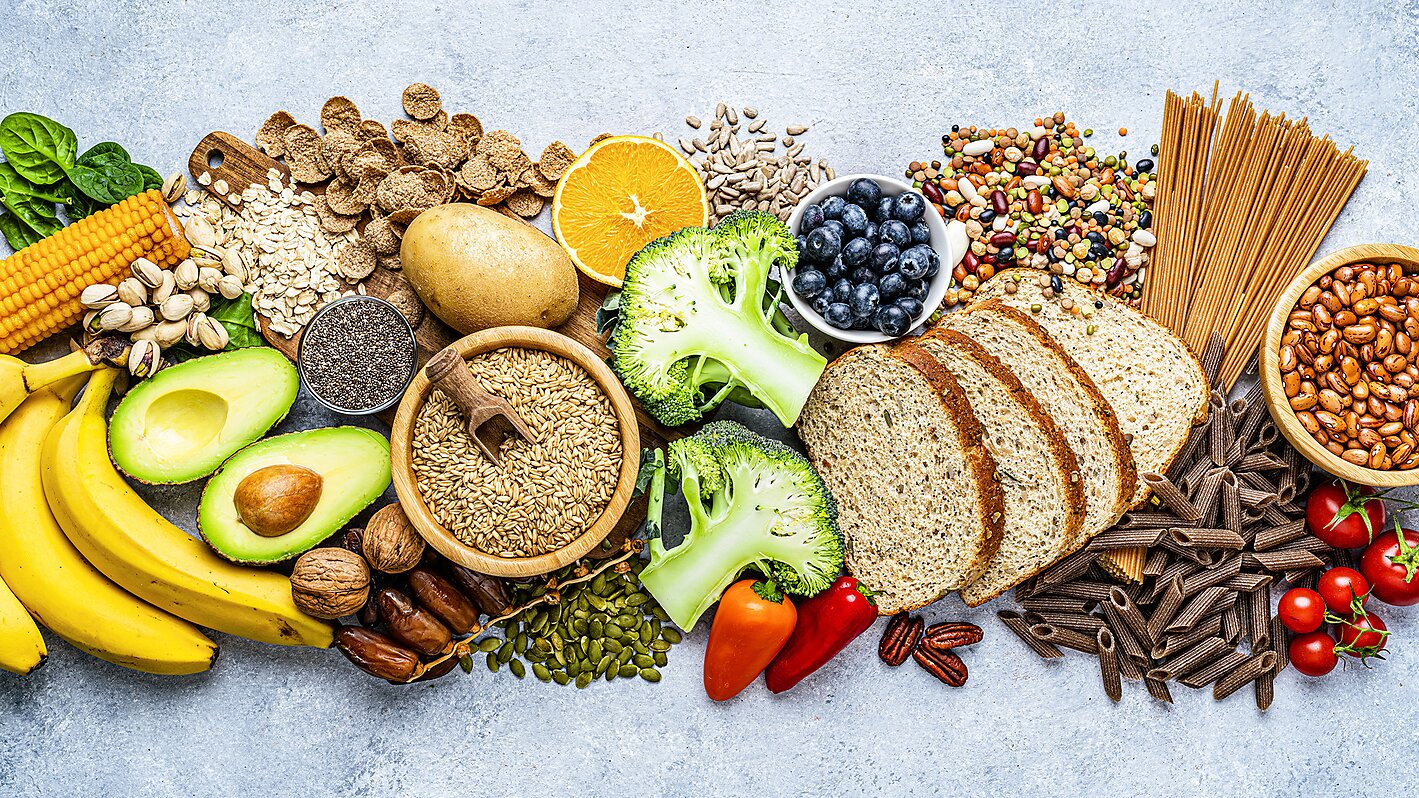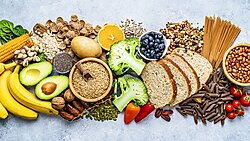Indians’ pizza cravings also show how globalized cuisine encompasses not only the transfer of dishes across continents but also the regional availability of ingredients, cultural norms, and consumer preferences. When India opened its economy to the world in the 1990s, Domino’s was one of the first players to enter the market and has dominated ever since. Because of religious food restrictions and local tastes, however, you won’t find a pepperoni pie on the menu. Instead, pizzas there are topped with chicken tikka or tandoori paneer. And, as India’s economy and people have become more globalized, pizzas topped with Indian ingredients have become relatively common in the West (including Domino’s original home in Michigan).
A similar phenomenon has occurred in Pakistan, where one of the most popular cuisines in the city of Lahore is the Philly cheesesteak. In fact, multiple Pakistani restaurants have featured the classic American sandwich on their menus since 1995, coinciding with a surge in Pakistani emigration to the United States. Post‑9/11, stronger Pakistan-US ties and the spread of American pop culture further familiarized Pakistanis with the cheesesteak, leading many to learn how to make it themselves. Meanwhile, the general manager of the Philly’s Steak Sandwich restaurant in Lahore, which opened after a Philadelphia traveler showed a video of a cheesesteak to a local chef, draws inspiration from Charleys Philly Steaks, a renowned US chain that has become popular in Dubai, a favorite tourist destination for Pakistanis. And once again, the trend has come full circle: cheesesteaks with ingredients and flavors from Pakistani cuisine have started popping up in the United States.
This culinary cross-pollination not only makes life tastier but also can create new foods that introduce eaters to very old ones. Traditional Japanese nigiri, for example, didn’t originally captivate American sushi consumers, who were skeptical of raw fish and seaweed. Presented with this challenge in 1971, Vancouver-based sushi chef Hidekazu Tojo filled sushi rolls with cooked crab and concealed the seaweed by putting the rice on the outside, thus creating the iconic California roll. Although highly unorthodox in Japanese cuisine, Tojo’s creation helped spur the proliferation of sushi in the West and earned him the title of “goodwill ambassador for Japanese cuisine” from the Japanese government in 2016.
Often, chefs and restauranteurs go one step further and produce not only fusion dishes but entire fusion cuisines. This trend has roots dating back to the Silk Road when pasta likely made its way from China to Italy, but modern-day globalization—trade, travel, information, etc.—has surely accelerated the proliferation of fusion cuisines in recent years. Today’s fusion trends are believed to have originated in the 1980s, with chefs like Wolfgang Puck combining his European heritage and enjoyment of Asian flavors on the menu at his now-world-famous Spago restaurant in Los Angeles. Since then, fusion cuisines have popped up all over the world, and chefs continue to blend traditional cuisines in new and exciting ways.
National culture and history—not always good—can often do the same. Vietnam blends indigenous and regional influences with those from France because of the latter’s colonization. Next door Thailand, however, was never colonized by a European power, yet its cuisine blends local flavors with numerous foreign influences, thanks to the expansion of global commerce starting in the 1500s. An essential ingredient in Thai cuisine—the chili pepper—comes from the Americas via Portuguese and Spanish traders. Further south, Australia has gone from a meat-and-potatoes country to one with a local cuisine that harnesses the culinary talents of Italian and Greek migrants, as well as closer neighbors from China, Japan, Vietnam, Thailand, and Malaysia. And halfway around the world, Guyanese cuisine includes African, Amerindian, Chinese, Creole, East Indian, European, and Portuguese influences. Many other Caribbean cuisines have similar fusions.
The globalization of food has even affected our languages. Numerous English cooking terms—“à la carte,” “sauté,” “sommelier,” and even “cuisine”—are originally French, and English is littered with loanwords like “deli” (from the German “Delikatessen”) and “ketchup” (from the Cantonese 茄汁 (qié zhī), which means “tomato sauce”). But the linguistic links extend well beyond those common terms and to other countries. The word “Kentucky,” for example, has developed into a Farsi verb meaning “to bread and fry a chicken,” while KFC is called “肯德基 (kěn dé jī)” in China, even though the characters individually translate to “to consent,” “virtue,” and “foundation,” respectively. And how could we forget the iconic scene in Pulp Fiction about the metric system pushing the French to call the Quarter Pounder a “Royale with Cheese”?

















